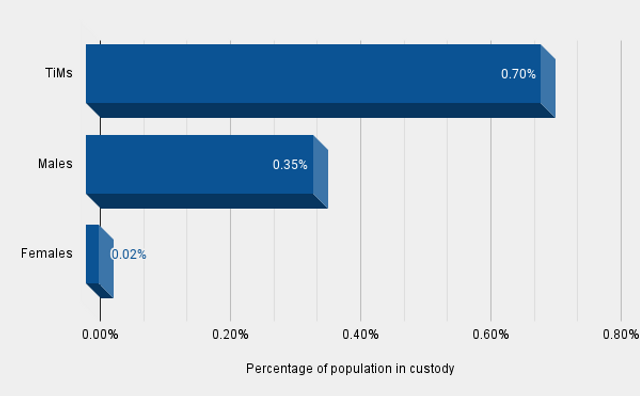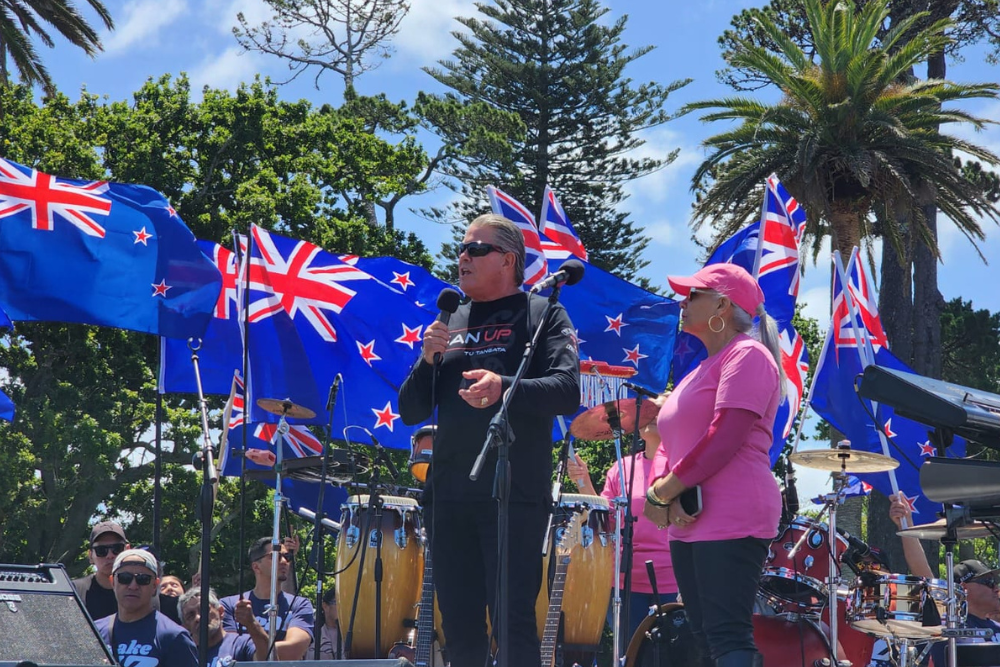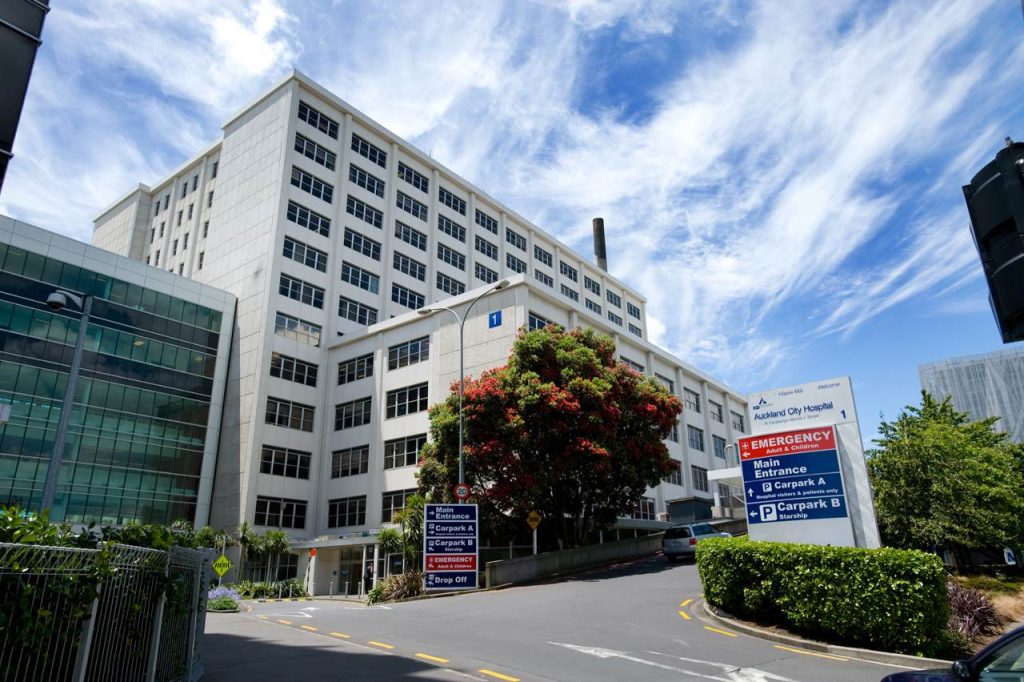In July 2024 Speak Up for Women (SUFW) submitted a request to The Department of Corrections under the Official Information Act 1982 as follows:
We would like to request the following information, from 2020 until now, broken down into yearly or part yearly statistics (in the case of 2024).
Please break the statistics down into ‘sentenced’ and ‘remand’ where possible.
A trans identifying male is a biological male who identifies as a woman.
- The number of trans identifying males in custody during each period
- The number of trans identifying males who were housed in a female corrections facility during each period
- The number of trans identifying males who requested a transfer to a female corrections facility
- The number of the trans identifying males who were sentenced or on remand for crimes involving ‘sexual assault’ during each period
- The number of the trans identifying males who were sentenced or on remand for crimes involving ‘an act intended to cause injury’ during each period
We received a delayed but comprehensive response to questions 1,2,4 and 5.
Summary of Corrections Response:
- Approximately 14% of the trans-identifying male sentenced offenders were charged with (on remand) or sentenced for of sexual assault.
- Approximately 14% of trans-identifying males are housed in a female Corrections facility
- An average of 86 trans-identifying males served a custodial sentence or were remanded in custody each year for the past five years.
- Approximately 35 trans-identifying males are serving a custodial sentence or are remanded in custody at any given time.
In order to establish the sentencing patterns of trans-identifying males compared to those of other males, and of females we used the ‘35 at any given time’ value and compared this to the statistical data that Corrections release quarterly. We used the following population numbers and data;
- Snapshot Total Female Prisoners – 649 June 2024 Quarterly Stats
- Snapshot Total Male Prisoners – 8926 June 2024 Quarterly Stats
- Approximate female population of NZ – Stats NZ 2021 – 2,580,000
- Approximate male population of NZ – Stats NZ 2021 – 2,542,600
- Approximate trans-identifying male population of NZ who identify as women – Stats NZ 2021 – 4900
Based on these numbers we established the following ratios of people in Corrections facilities per population type:

Female – 1 in 3,975
Male – 1 in 284
Trans-identifying Male (TiM) – 1 in 140
While there is a huge difference in the sentencing rates of males and females, we are surprised and concerned that trans-identifying males – even more than the whole male population – are over represented in prison statistics – these are the men that women are told they should be comfortable sharing spaces with.
The data clearly shows that individuals who are male, regardless of how they identify, have offending patterns similar to other males. The higher rate of incarceration among trans-identifying males compared to women underscores that these individuals do not shed male patterns of offending simply because they identify differently.
Women’s prisons are designed to provide a secure and respectful environment for female inmates, many of whom are vulnerable and have histories of trauma. The presence of trans-identifying males, who offend at rates far higher than women, poses a direct challenge to the safety, dignity, and well-being of female inmates.
Our policies must be grounded in facts, not ideology. The overrepresentation of trans-identifying males in prisons reflects patterns consistent with male offending. Therefore, housing these individuals in women’s prisons, where they comprise 14% of the population, is incompatible with maintaining the safety of female prisoners.
The guiding principle of single-sex spaces, especially prisons, is to protect women’s rights to safety and privacy. Allowing males who identify as women into these spaces fundamentally undermines this principle, regardless of the individual’s self-identification.
Housing males who identify as women in women’s prisons is not a solution that respects the needs of all inmates. Instead, it compromises the integrity of single-sex spaces designed for women and ignores the reality of male-pattern offending. 14% of trans identified males in women’s prisons is 14% too many.
While acknowledging the broader societal challenges faced by trans-identifying individuals, it is essential to separate these issues from criminal behaviour patterns. Marginalisation does not justify or explain away offending rates that match or exceed those of other men.
Corrections manage a wide range of vulnerable inmates on a daily basis, trans-identifying males are no different to these other groups and can be managed within the male facilities.
We call on the Minister for Corrections, Hon Mark Mitchell to disestablish the practice of housing trans-identifying males in female facilities immediately.
From Speak Up For Women.







